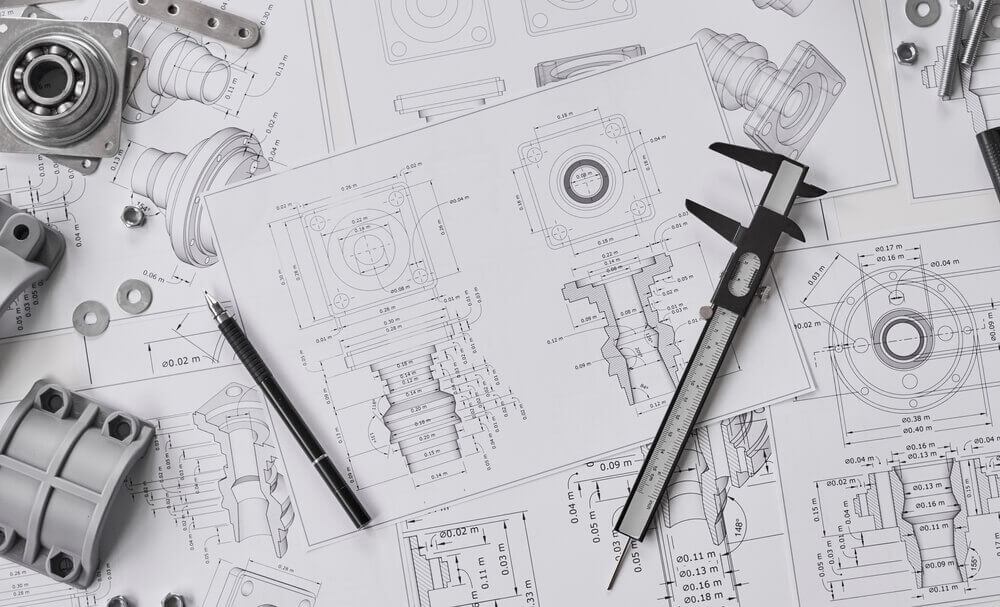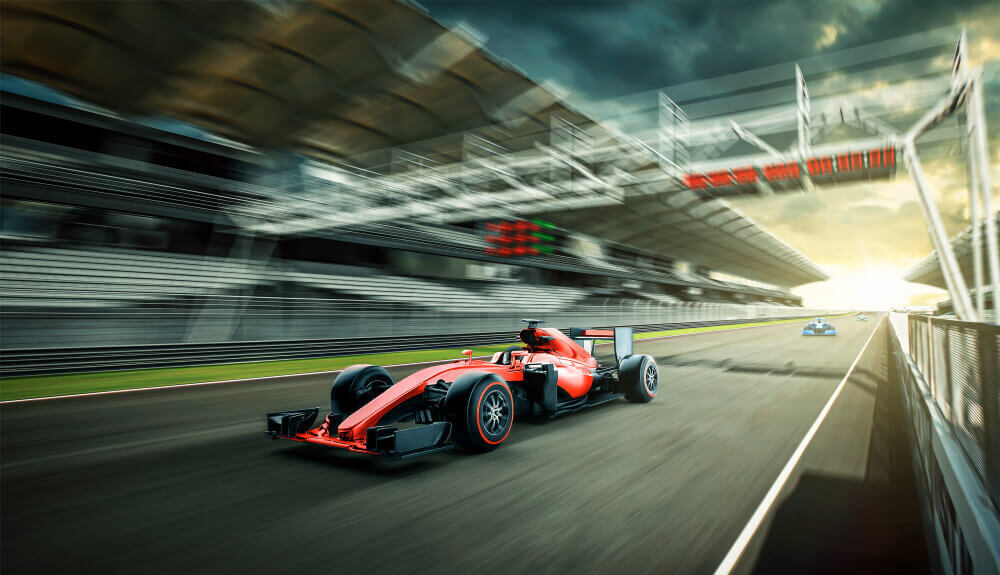Innovations in Motorsport: the Latest Developments in Engineering
High-end motorsports are known for pushing the boundaries of technology design. By doing so, they provide thrilling entertainment for millions of fans around the world, but entertainment isn’t the only benefit of these innovations. Something many people might not realise is how motorsports like Formula 1, Rally and Formula E impact the products we use every day.
In our previous article, we discussed some of the ways F1 technology has dispersed into everyday life, such as
- The birth of semi-automatic gears
- Improving energy efficiency with F1 technology
- All-wheel drive
- How data analysis has changed
- Improvements in public transport
- Carbon fibre materials
But there are still so many interesting and useful things that have come from motorsport, we needed a whole other article on the latest developments in engineering.
Key Takeaways
- Formula One’s investment in aerodynamics has led to the use of aerodynamic wings in supermarket fridges, lowering energy bills and making them more environmentally friendly.
- KERS, originally developed for motorsports, has been modified for use in London’s double-decker buses, increasing their fuel efficiency.
- Direct fuel injection, first used in 1954 Mercedes-Benz F1 cars, has become mainstream in modern cars.
- The steering wheel, introduced in 1894 by Alfred Vacheron in a steering-wheel-equipped Panhard et Levassor race car, has become the standard control for cars.
- The Zero Petroleum initiative, spearheaded by ex-Formula One Technical Director Paddy Lowe, is working on creating sustainable synthetic fuels by recycling emissions like water and carbon dioxide, using renewable green energy to fuel the process.

Aerodynamic Supermarket Fridges
Formula One invests more in aerodynamics than any other sport in the world – and understandably so! When an F1 car is racing, its downforce is so strong that it could drive at the roof of a tunnel without falling off.
The hard work engineers put into creating aerodynamic cars is being made use of elsewhere, even in places where you’d probably expect it least. For instance, the same aerodynamics that helps a motorsport car reach its top speeds also keeps sandwiches cool and fresh in the supermarket.
Almost every major supermarket chain in the UK uses F1-designed aerodynamic wings on their fridge shelves, which capture the flow of cold air from the fridge and push it back into the unit instead of letting it escape, lowering energy bills and making them more environmentally friendly.
Fuel-Efficient Buses & KERS

A kinetic energy recovery system (KERS) is an automotive system for recovering a moving vehicle’s kinetic energy under braking. The recovered energy is then stored for later use when accelerating.
First conceptualised and created for use in motorsport, Formula One introduced KERS in the 2009 season. Since then, a KERS using a carbon fibre flywheel, initially developed for the Williams Formula One racing team, has been modified for London double-decker buses. So, if you’re riding on one of the UK capitols iconic red buses, know that they have a little bit of sports car in them!
Direct Fuel Injection
While diesel engines have always sent their fuel directly to cylinders, gasoline engines originally began with carburettors that mixed air with fuel before sending them into the engine. While gasoline direct injection was actually used first on German WWII aircraft, it became much more mainstream when it was utilised in 1954 Mercedes-Benz F1 cars. Today, most modern cars have computer-controlled direct fuel injection.
The Modern Steering Wheel
Early cars were controlled with a tiller that you aimed to decide which direction your car would take. That remained the case until 1894 when Alfred Vacheron entered a steering-wheel-equipped Panhard et Levassor race car into the 1894 Paris-Rouen rally. Although he didn’t win the rally, people loved his steering-wheel idea and it eventually caught on – thank goodness!
A Zero-Petroleum Future
Ex-Formula One Technical Director Paddy Lowe is spearheading an initiative called Zero Petroleum which is working to create sustainable synthetic fuels by recycling emissions like water and carbon dioxide, using renewable green energy to fuel the process.

In 2022, Formula One announced it will run on E10 fuel, meaning that 10% of the mix is made from ethanol, derived from plants. F1 experts are also looking at how cars will be powered in the future, but since Formula E already has an exclusive licence on electric racing, power for F1 and other motorsport giants will likely come from hydrogen or other synthetic fuel alternatives.
These fuel options will benefit the 1.4 billion existing road cars that use an internal combustion engine, as well as provide a sustainable option for people in areas where setting up and maintaining electrical infrastructure is challenging.
Technology Design Continues to Improve our Every Day
These are just some of the technological innovations that have come from motorsport, showing that great everyday design can come from anywhere. There are other ways to bring great ideas to life; Cambridge Design Technology offers you the tools, experience and expertise in technology design to make your product a reality. For more information, please get in touch with our expert team.




